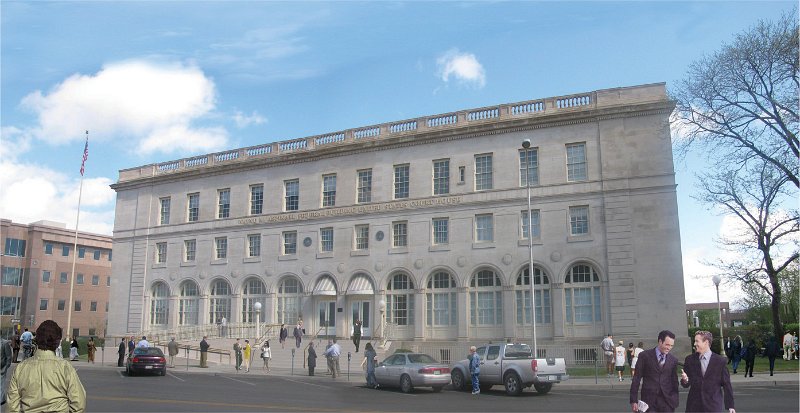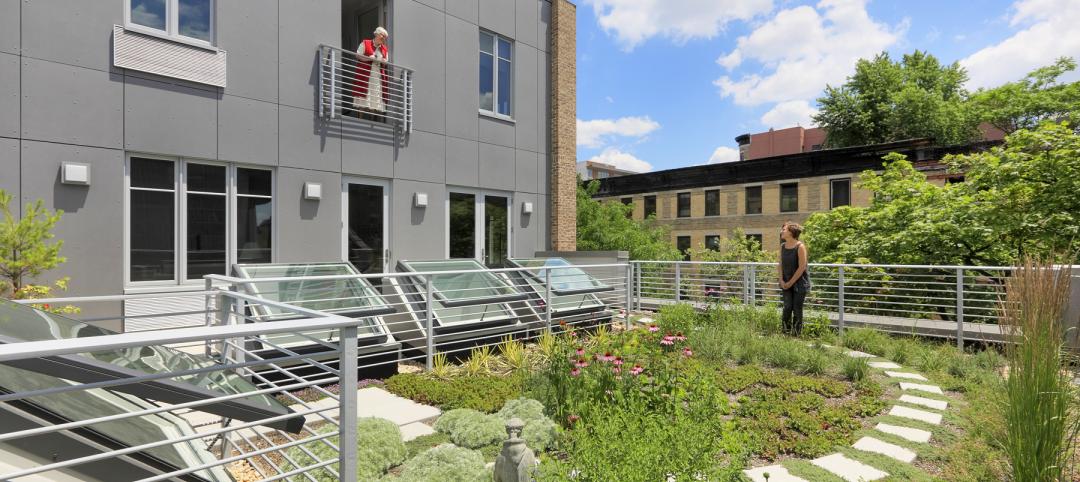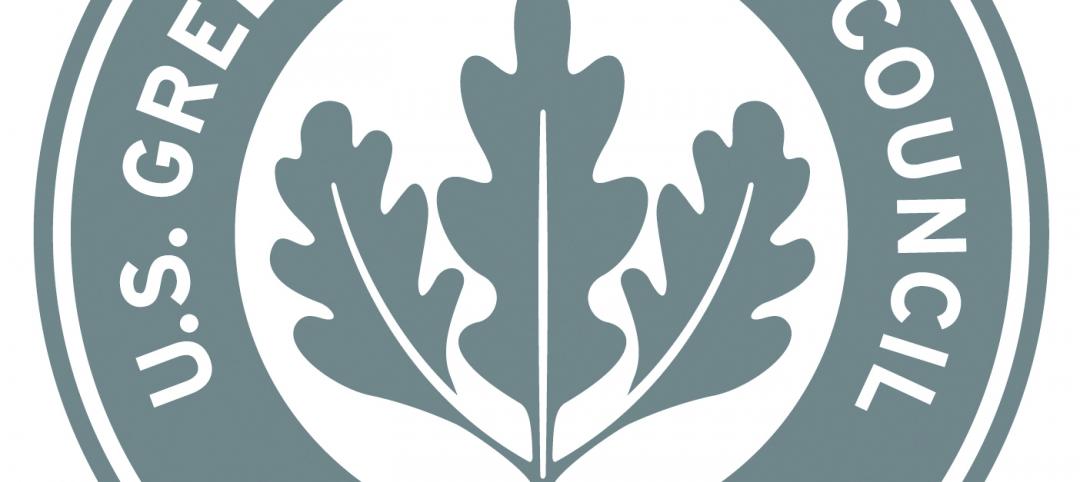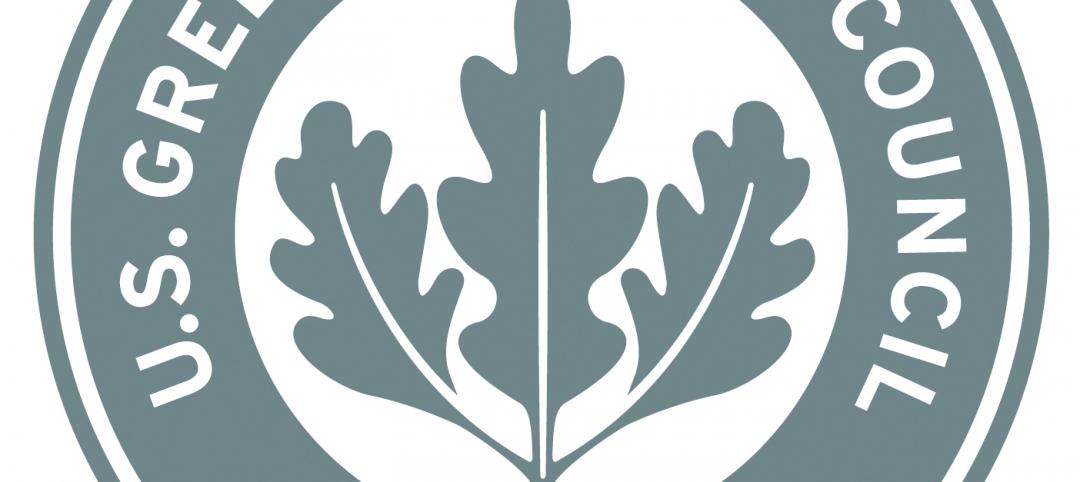The General Services Administration’s Net-Zero Energy Task Group is working on a draft letter with clear goals and guidance for net-zero energy buildings by this September. The committee recently created a provisional definition of net-zero energy buildings (NZEBs).
The draft definition distinguishes between two different types of net-zero buildings:
- NZEB: an energy-efficient building where the actual annual source energy consumption is balanced by on-site renewable energy.
- REC-NZEB: an energy-efficient building where the actual annual source energy consumption is balanced by on-site renewable energy to the maximum extent possible and is augmented by off-site renewable energy and Renewable Energy Credits (RECs) from certified sources.
GSA’s Net-Zero Energy Task Group is part of the Green Building Advisory Committee, which advises and helps agencies build more sustainably. In its draft, the committee has recommended that net-zero buildings reduce energy use by 50% or more than typical buildings of similar types.
Related Stories
| Apr 13, 2012
International Living Building Institute certifies first two Net Zero Energy buildings
A community building in Oregon and an office building in California are the first two projects to earn net-zero status under the International Living Building Institute’s Net Zero Energy Certification program.
| Apr 5, 2012
LEED 2012 will include new requirements for data centers
The U.S. Green Building Council’s updated LEED 2012 standards will require two systems to be modeled for each project in order to show power utilization effectiveness.
| Mar 30, 2012
LEED growing fast in the housing rental market
Last year, developers of 23,000 U.S. multifamily housing units applied for LEED certification.
| Mar 30, 2012
Forest Stewardship Council critical of proposed LEED 2012 changes
According to the Forest Stewardship Council (FSC), the third draft of LEED 2012, if approved as written, would represent a step backward from the current Certified Wood Credit.
| Mar 22, 2012
Symposium on water efficiency: How much more water can be saved?
The Third International Emerging Technology Symposium by IAPMO and the World Plumbing Council features a session on water efficiency.
| Mar 15, 2012
ANSI approves new fall protection standards
The American National Standards Institute (ANSI) has approved two American Society of Safety Engineers' (ASSE) standards addressing fall protection.
| Mar 8, 2012
New LEED-EBOM rating has requirements for specific project types
Several key changes are proposed for the LEED-EBOM Rating System in 2012.
| Mar 8, 2012
Green buildings more resilient than conventionally built structures
A new study by the U.S. Green Building Council (USGBC) and the University of Michigan’s Taubman College of Architecture and Urban Planning suggests that structures built to green standards can advance building resiliency.
| Mar 1, 2012
LEED Platinum standard likely to mean net-zero energy by 2018
As LEED standards continue to rise, the top level, LEED Platinum, will likely mean net-zero energy construction by 2018.
| Mar 1, 2012
Is your project too small for LEED? Consider other green standards
There are many other recognized national, state and local programs that offer a variety of best management practices and sustainable design, construction and operating strategies.

















